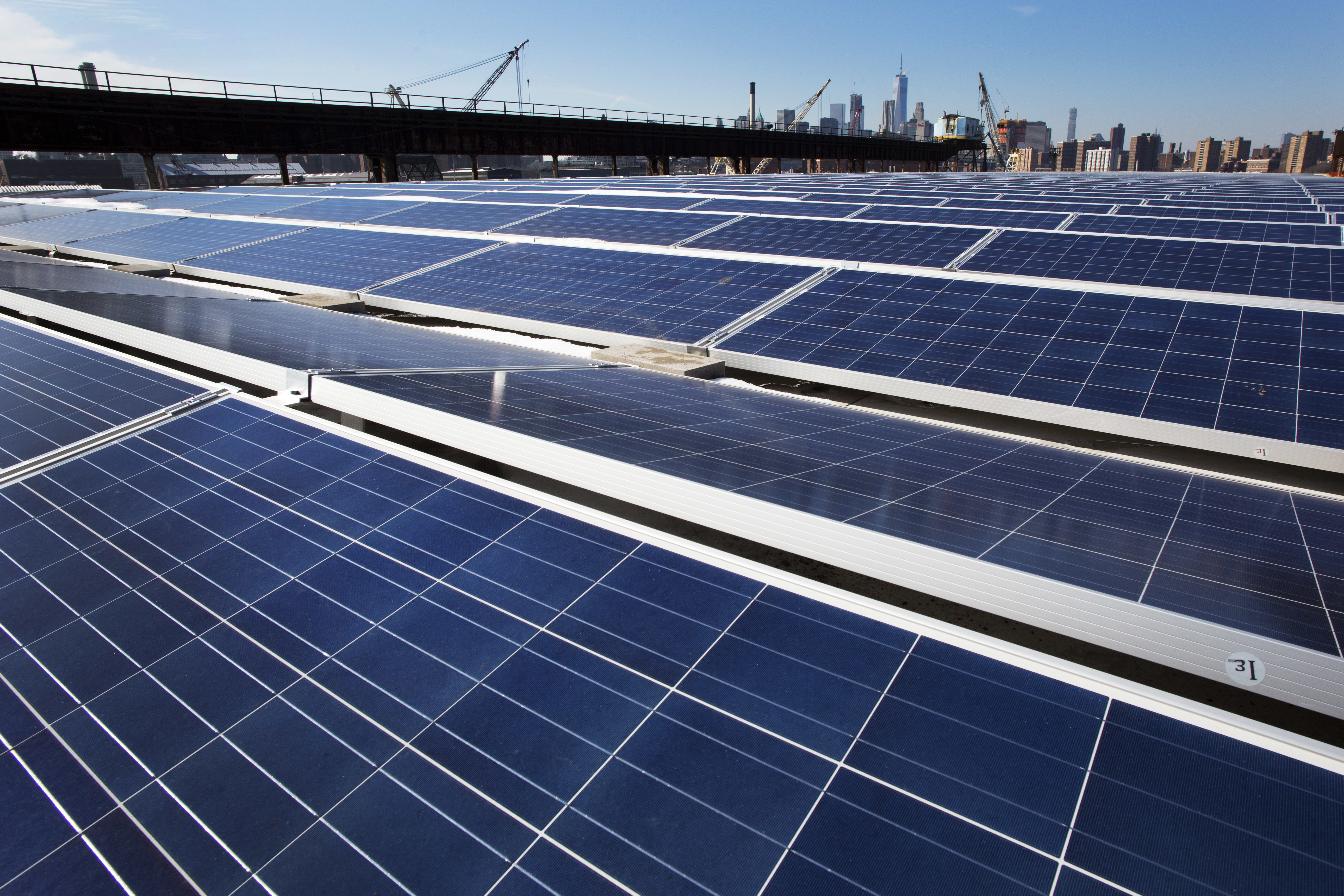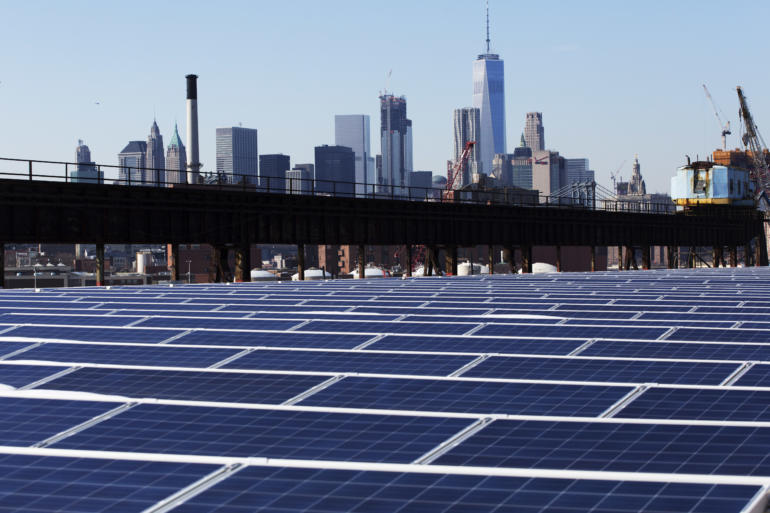Trump’s first round of tariffs in 2018 targeted solar panels produced largely in China.
Some in the U.S. solar industry warned this would have dire consequences on the American market. Now, more than half a year in, it seems they were right.
CGTN’s Roee Ruttenberg filed this report.
In January, in his first significant trade move, U.S. President Donald Trump authorized a tariff on the import of solar panels. Then, just one month later, his administration slapped a 30 percent tax on all foreign-produced solar modules.
Beijing wasn’t specifically singled out, but as the world’s largest producer of solar equipment, China was a clear target. At the time, the majority of panels coming into the U.S. were coming from China, and they still are.
John Smirnow is with the Solar Energy Industries Association in Washington. The group represents the interests of more than a thousand U.S. solar firms.
“The negative impact has been a loss of 9,000 U.S. solar industry jobs, and a loss of about $2.5 billion in investment in U.S. solar projects,” Smirnow said.
That means most large-scale utility projects are scrapped, but the impact may trickle down.

In this Feb. 14, 2017, file photo, a rooftop is covered with solar panels at the Brooklyn Navy Yard, Tuesday, Feb. 14, 2017, in New York. (AP Photo/Mark Lennihan, File)
“Anyone who’s a solar consumer, or uses electricity that’s produced by solar, is going to be adversely impacted,” Smirnow explained. “They may not be directly, but their energy costs – maybe they’re not getting the savings that they could have otherwise.”
Whereas other tariffs this year claimed to address “national security” or excessive dumping, the solar tariffs were solely centered on competitiveness. However, some say that these tariffs are the wrong approach.
“There are a whole multitude of other solutions, other tools, the U.S. government can draw upon other than tariffs, that wouldn’t have the adverse jobs impact that we’ve seen in the industry, [like] an import licensing fee,” Smirnow explained.
“The money would be used to support the industry. Now it’s just a tax. The money goes into the general treasury, and there’s nothing that goes back to help the U.S. manufacturers grow.”
Many in the industry saw the tariffs coming in one form or another, and they prepared. Some stocked up on cheap panels before the tax. Others have had to pass on the additional costs to their customers. Even so, that may get tougher over time, and the tariffs still have more than three years left.
 CGTN America
CGTN America
 In this Feb. 14, 2017, file photo, a rooftop is covered with solar panels at the Brooklyn Navy Yard in New York. The Manhattan skyline is at top. (AP Photo/Mark Lennihan)
In this Feb. 14, 2017, file photo, a rooftop is covered with solar panels at the Brooklyn Navy Yard in New York. The Manhattan skyline is at top. (AP Photo/Mark Lennihan)
